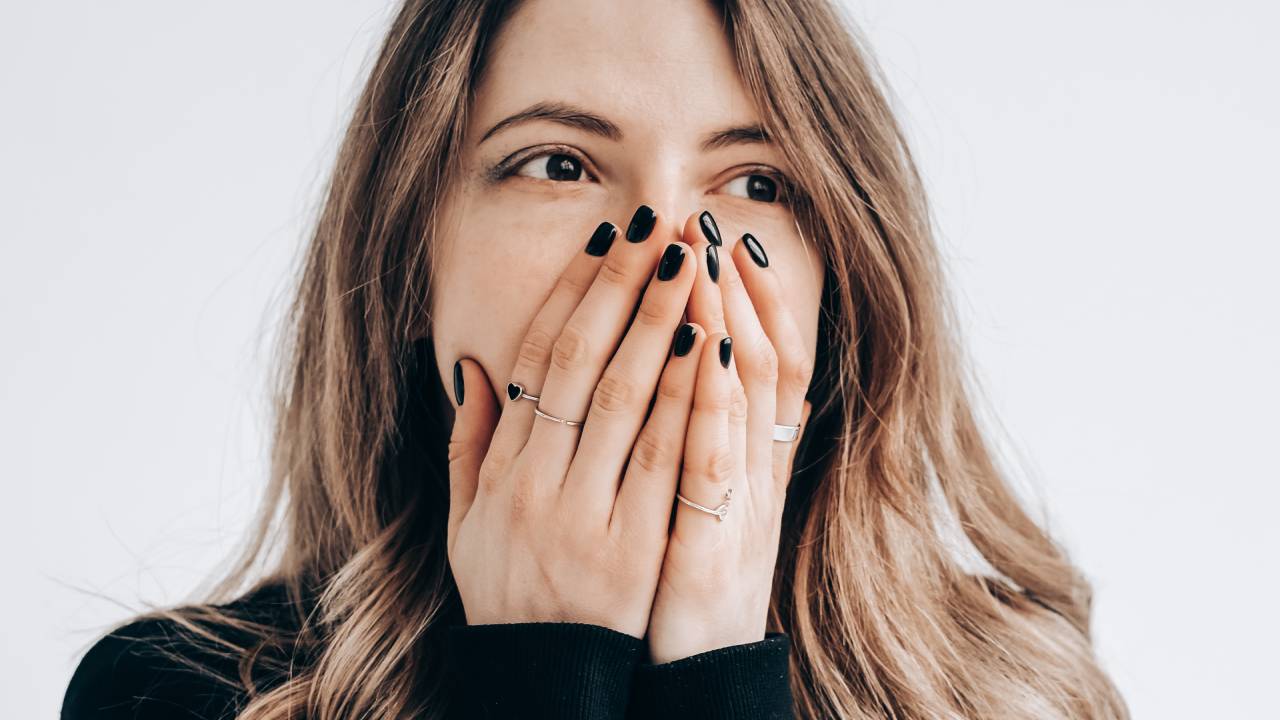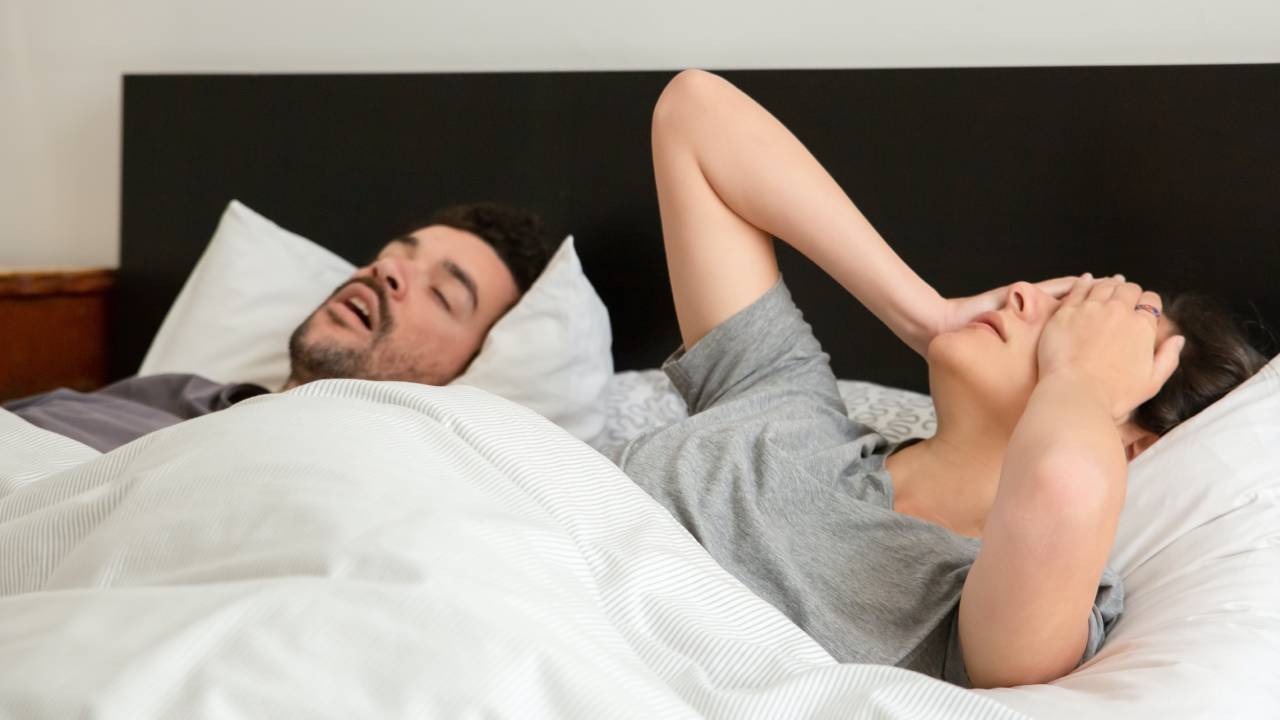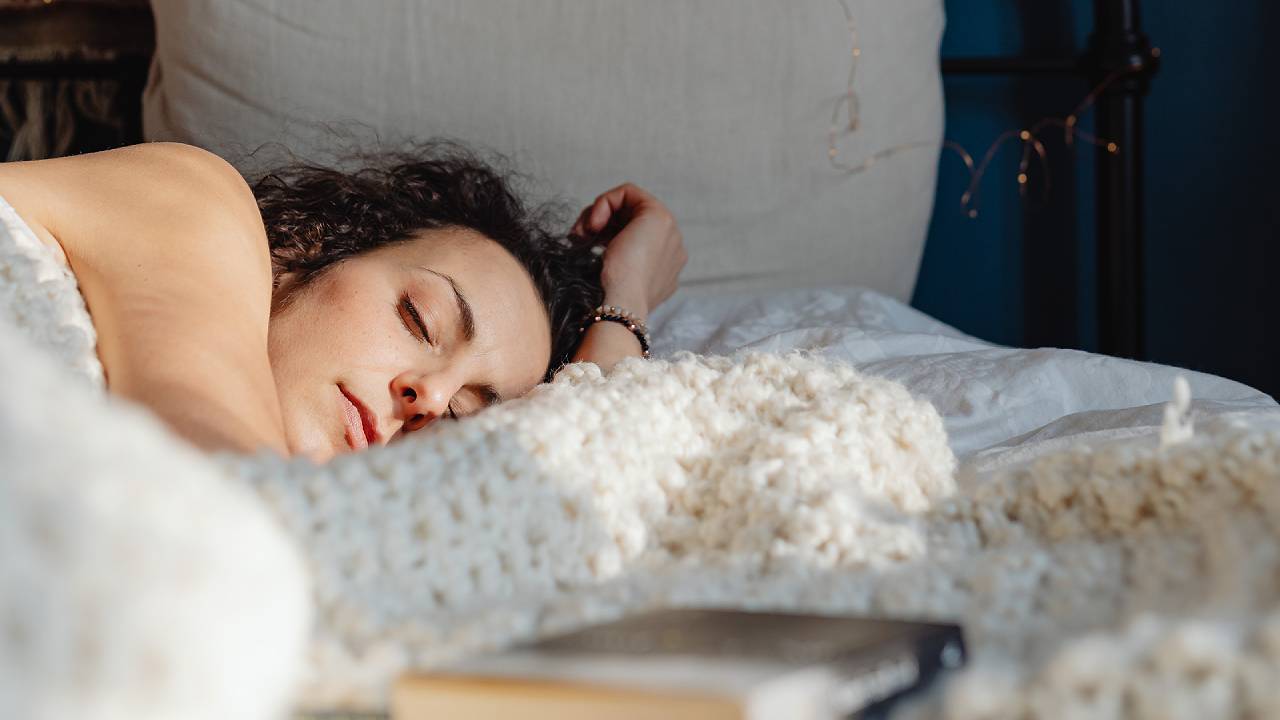
If you’re finding it hard to sleep, there are many ways you can tweak your nighttime routine to improve your sleep quality and quantity. From investing in the best mattress to sticking to the rules of good sleep hygiene, many people have also turned to viral sleep hacks on TikTok, including the controversial practice of mouth taping.
Mouth taping has been doing the rounds on social media for months now and celebrities like Tess Daly and Ashley Graham have also spoken publicly about mouth taping. Multiple people who regularly practice mouth taping credit it for helping them sleep better, stopping them snoring and improving their breath.
However, despite its popularity, mouth taping has a bit of a reputation – some people love it whereas others hate it, some experts recommend it where others say it’s dangerous. Many sources have said that more research needs to be done to determine whether mouth taping is beneficial or not, but this isn’t stopping many people from raving about it.
To understand mouth taping, I spoke to sleep expert and CEO of MattressNextDay, Martin Seeley who explained what mouth taping is, how it works and how to do it safely.
What is mouth taping?
Mouth taping does exactly what it says on the tin: it’s a “technique where you use medical tape to seal your mouth shut while you sleep.” The tape covers both the upper and lower lips so you can’t easily open your mouth and the idea behind it is to encourage breathing through your nose during sleep.
While further research needs to be done around mouth taping, mouth breathing is believed to have negative effects, like dry mouth, gum disease, disrupted sleep, snoring, chronic fatigue and brain fog. In comparison, nasal breathing is better for you, especially while you sleep, as it filters out foreign particles, improves oxygen circulation in the body and makes the air you breathe easier for your lungs to take in.
Does mouth taping work?
The answer to the question ‘does mouth taping work’ is tricky as it works for some people but doesn’t for others. There are also people who shouldn’t try mouth taping if they have underlying conditions and you should always consult a doctor before trying it to begin with. But while there’s limited research on mouth taping, there are a few ways in which mouth taping can benefit sleep. Let’s take a look at the pros and cons of mouth taping.

First, mouth taping promotes nasal breathing. According to Seeley, “breathing through your nose helps warm and humidify the air before it reaches your lungs, which can reduce dryness and irritation in your airways. Nasal breathing also helps filter out dust, allergens and other particles that can irritate your respiratory system.” All of this is beneficial for the body and can help improve sleep quality, as well as prevent bad breath and dry mouth.
Another popular reason that people like mouth taping is that it prevents snoring, which tends to occur more often when people sleep with their mouth open. “When a person breathes through their mouth while sleeping, it can cause the airway to narrow and vibrate, which leads to snoring. By taping the mouth shut, this reduces the likelihood of snoring, as well as improves overall sleep quality. It can also promote proper tongue and jaw alignment, which helps keep the airways open,” explains Seeley.
On the flipside, mouth taping has its negatives, including irritation to the lips and around the mouth, as well as causing pain when it comes to taking the tape off. It can also disrupt your sleep if you have difficulty breathing through your nose and it can cause anxiety or discomfort. In general, “mouth taping should not be used by people with certain medical conditions, such as sleep apnea or asthma, as it may exacerbate them.”
How to try mouth taping safely
Before trying mouth taping, it’s important to consult a healthcare professional to ensure it’s safe for you and you should avoid it entirely if you have medical conditions like sleep apnea or breathing difficulties. For those who have been told they can try it by a doctor, here’s how to mouth tape safely for the best results.

Use the right kind of tape
This is the most important thing when it comes to mouth taping: you need to use the right tape! Unsurprisingly, the sellotape that you have lying around the house isn’t going to work and it’s not safe to use. Instead, use “medical-grade that’s specifically designed for mouth taping. This type of tape is typically hypoallergenic, gentle on the skin and easy to remove.”
Apply the right amount of tape correctly
Using the right amount of tape is vital for practicing mouth taping safely and to make sure it’s effective for sleep. As Seeley says, “you don’t want to use too much tape, as this can be uncomfortable and make it difficult to breathe. On the other hand, using too little tape may not be effective. Aim for a strip of tape that’s just wide enough to cover your lips comfortably.” Applying the tape correctly is also important so it doesn’t come off in the night and so it’s not too tight or loose. Seeley recommends tearing off a strip of tape that’s long enough to reach from one side of your mouth to the other horizontally.
Remove it slowly
Removing tape from your mouth can be painful, especially if you have facial hair. If you use the right kind of tape, it shouldn’t be painful but try to remove it as gently as possible to avoid any discomfort or irritation. You can also use warm water to remove any residue that the tape may have left behind.
Practice during the day
Seeley recommends practicing mouth taping during the day “to get used to the sensation of breathing through your nose.” This can also help you feel more confident about trying mouth taping at night.







